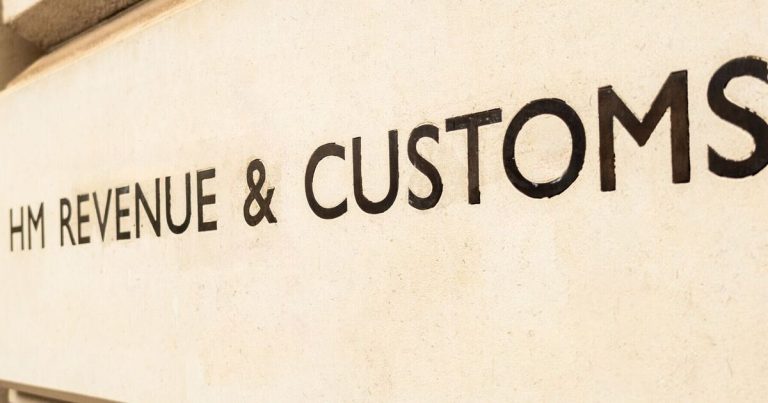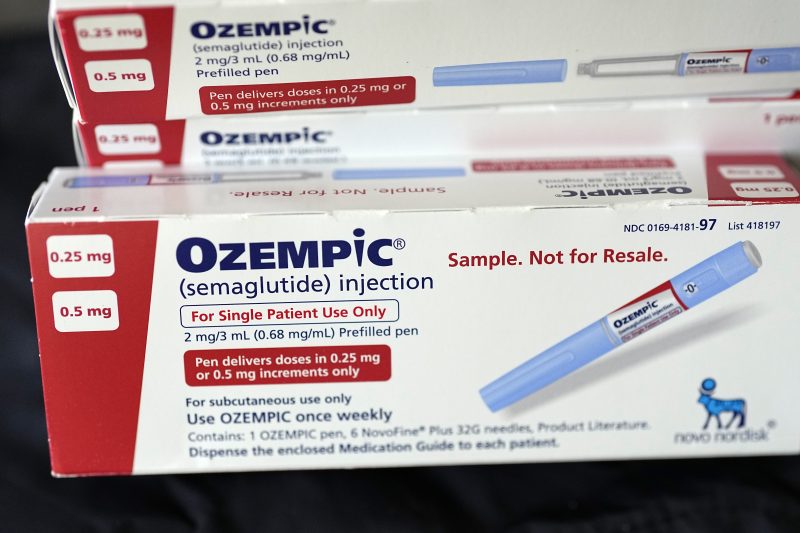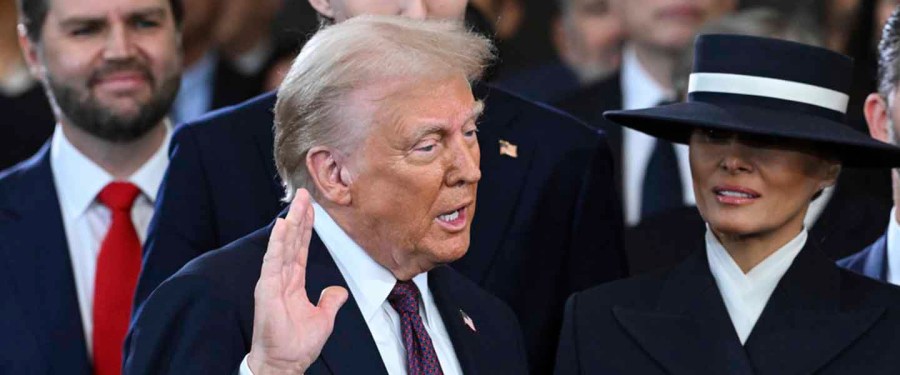
Finance Minister Nirmala Sitharaman presented the Interim Union Budget for the financial year 2024-25 in the parliament on Feb. 1, ahead of the general election expected to commence between April and May this year. The new or re-elected government will present the full detailed Budget in the parliament, which is likely to be tabled in July 2024.
The pre-poll budget, rather subdued, focused on supporting income of the bottom pyramid while continuing all commitments made earlier by the Narendra Modi-led government. Here are key highlights from the Union Budget 2024-25.
Fiscal Deficit Estimate for FY 2024-25 Revised to 5.8% of GDP
The finance minister said the government has revised the fiscal deficit estimate for FY 2024-25 to 5.8% of the GDP, from the previous estimation of 5.9% for the financial year. It expects the fiscal deficit, which is the difference between total revenue and total expenditure of the government, to come down below 4.5% by FY 2025-26.
“The revised estimate of the fiscal deficit is 5.8% of GDP, improving on the budget estimate, notwithstanding moderation in the nominal growth estimates,” the finance minister said in her budget speech, adding that the government estimates the fiscal deficit in 2024-25 to be 5.1% of GDP. The outlay for capital expenditure for next year has been increased to 11.1% to INR 11 lakh crore, comprising about 3.4% of the GDP.
Finance minister said that the country’s capital spending for 2024-25 has been raised to 11% to INR 11.11 lakh crore, or 3.4% of GDP. As per data released by the Ministry of Statistics & Programme Implementation showed India’s GDP growth for the second quarter of FY 2023-24 at 7.6% as compared to 6.2% in the same quarter of FY 2022-23.
Interim Budget FY 2024-25: No Changes Relating to Taxation
The NDA-led government has proposed to make no changes relating to taxation. “As for tax proposals, in keeping with the convention, I do not propose to make any changes relating to taxation and propose to retain the same tax rates for direct and indirect taxes including import duties,” the finance minister said during her pre-poll budget speech.
The two income tax slabs will continue for taxpayers to choose from. The major difference between the two slabs is that the old tax regime allows taxpayers to avail of exemptions under various sections of the income tax rules. The new tax regime, on the other hand, offers fixed but lower tax rates than the old tax regime.
Finance minister in her previous budget 2023-24 had hiked income tax rebate limit under the new income tax regime to INR 7 lakh from INR 5 lakh. Similarly, the lowest exemption limit under the new tax slab was increased to INR 3 lakh from INR 2.5 lakh.
Related: New and Old Income Tax Slabs.
FinMin Proposes to Extend Ayushman Bharat Cover to ASHA, Anganwaadi, Helpers
The central government sponsored healthcare cover, Ayushman Bharat – Pradhan Mantri Jan Arogya Yojana (AB-PMJAY), has been extended to all Accredited Social Health Activists (ASHA) workers, Anganwadi workers as well as helpers.
The national health insurance assurance scheme under the Ministry of Health and Family Welfare (MoHFW) is facilitated through existing sub centers, health and wellness centers (HWCs) to provide cashless hospitalization care to poor and vulnerable household populations of India.
In this non-contributory family floater health plan, the premium is not paid by insured, and provides coverage for a sum insured up to INR 5 lakh. According to the finance minister, Ayshman Bharat since its inception in Sep. 2018 has covered more than 55 crore people belonging to 12 crore families.
Related: What Is Ayushman Bharat Yojana And How To Apply For It?
INR 43 crore Loans Extended under PM Mudra Yojana
Highlighting the government’s effort to uplift small and medium enterprises, the finance minister said the PM Mudra has sanctioned INR 43 crore loans aggregating to INR 22.5 lakh crore for entrepreneurial aspirations. The minister highlighted that INR 30 crore Mudra Yojana loans have been given to women entrepreneurs.
PM Mudra Yojana is a central-sponsored scheme to provide funding to the non-corporate small and medium enterprises. The scheme for creditworthy non-corporate small business segments (NCSBs) like shopkeepers, vendors, and small industries are eligible to receive a business loan up to INR 10 lakh to facilitate their stage of growth, development, and funding needs.
The pre-poll budget has also announced a corpus of INR 1 lakh crore with a fifty-year interest-free loan to encourage the private sectors. Nirmala Sitharaman also highlighted that The Prime Minister Street Vendor’s AtmaNirbhar Nidhi (PM SVANidhi) has provided credit assistance to 78 lakh street vendors. (PM SVANidhi) is a micro-credit scheme that provides collateral-free business loans of up to INR 50,000 to urban street vendors.
Related: How To Get A Business Loan From PM Mudra Yojana, And Other Government Schemes
Bottom Line
The Interim Budget 2024-25 has focussed on alleviating every strata of the society, though further relaxation on taxation would have provided taxpayers a big relief. Nevertheless, Nirmala Sitharaman has suggested via her Budget proposals that the government is committed to supporting the income of Indians as well as help manage their financial needs better.







